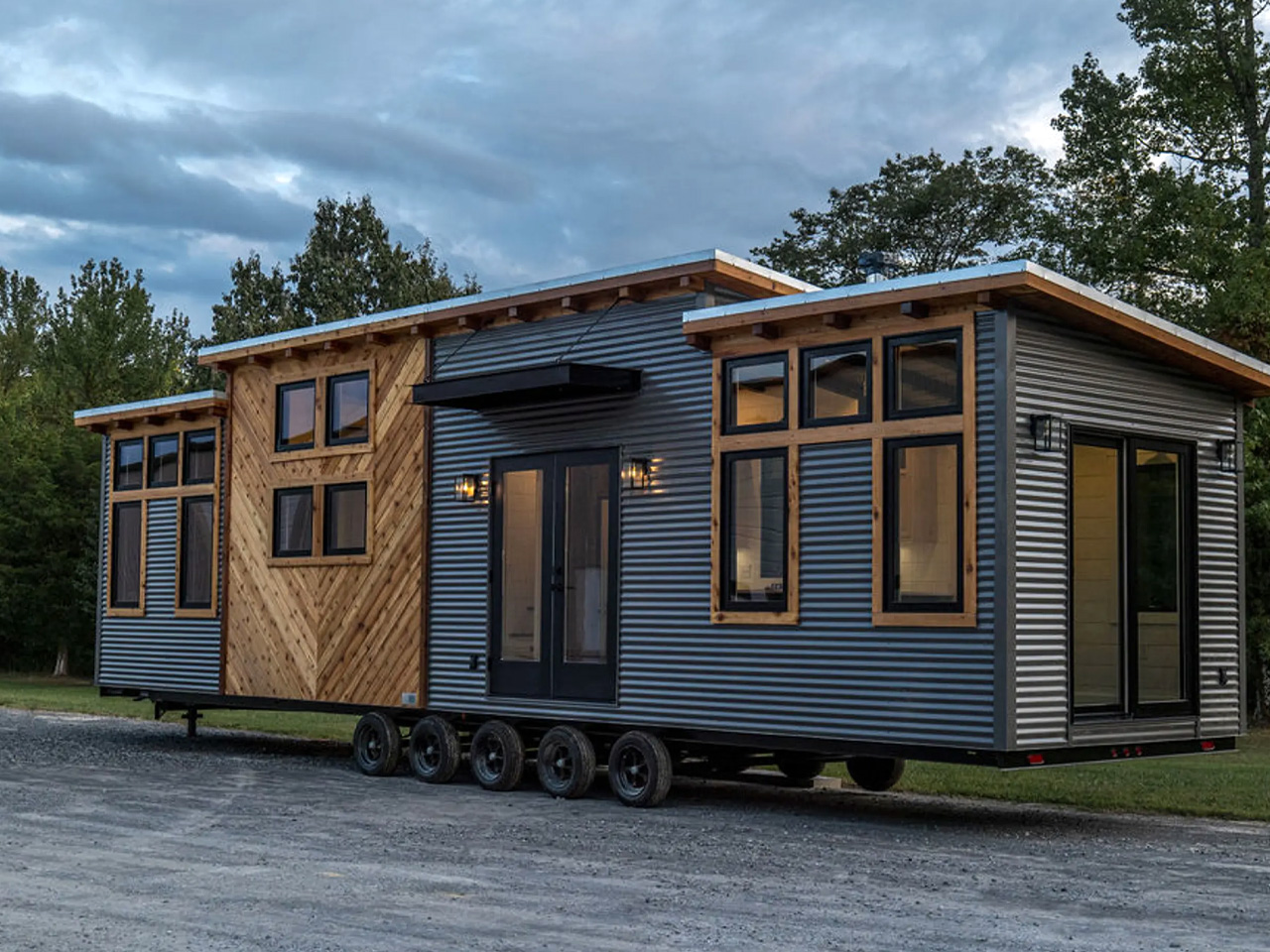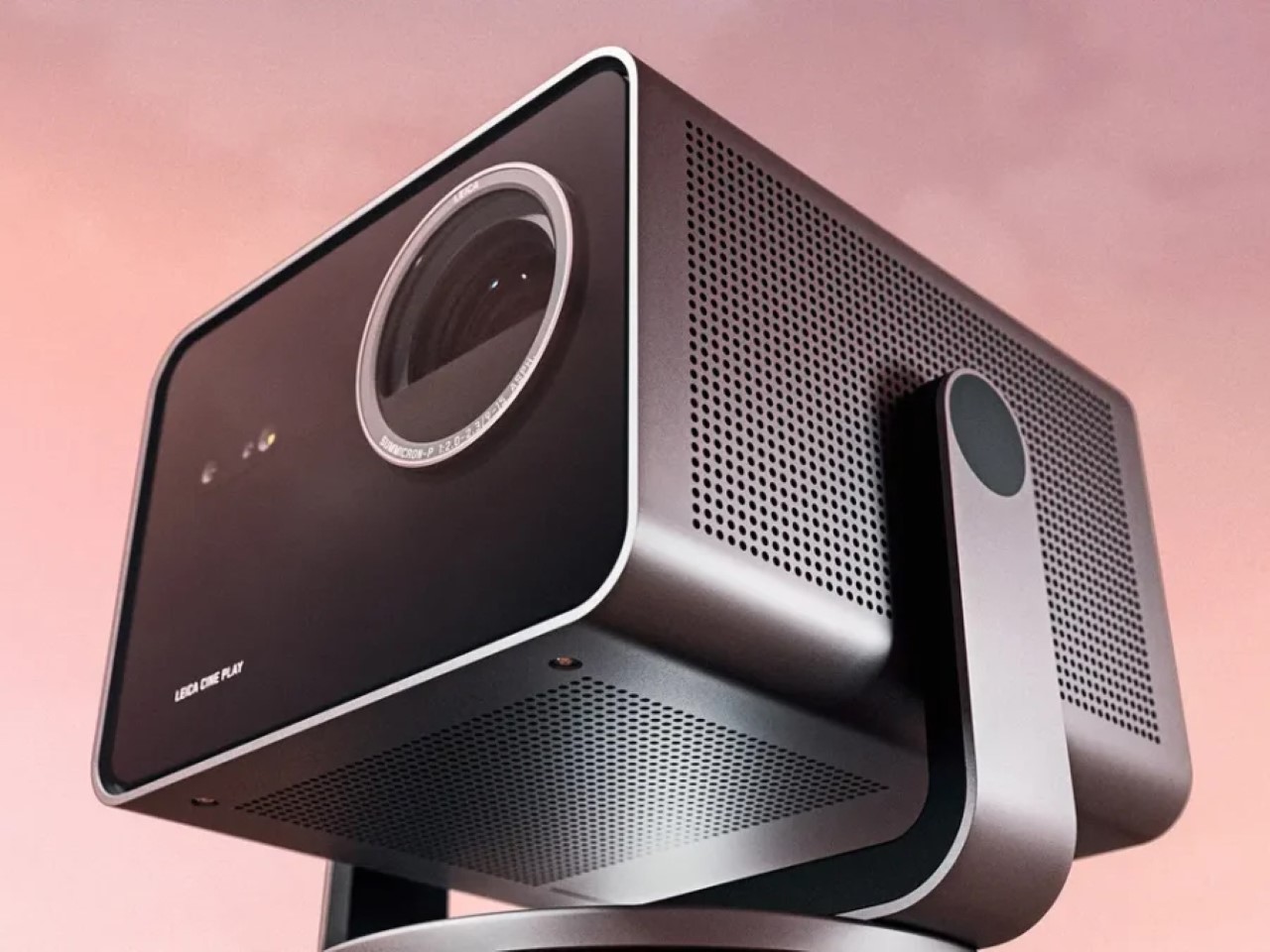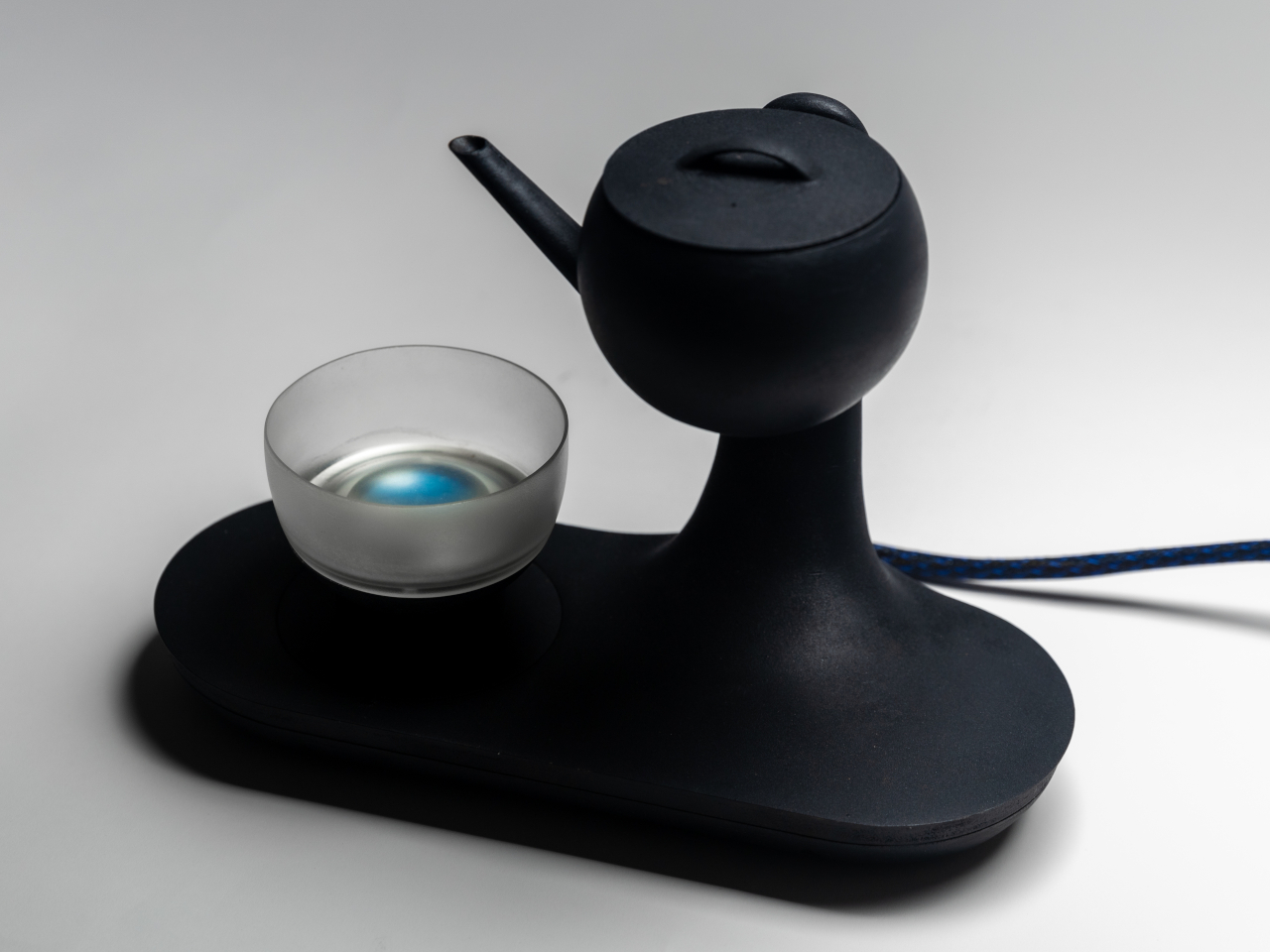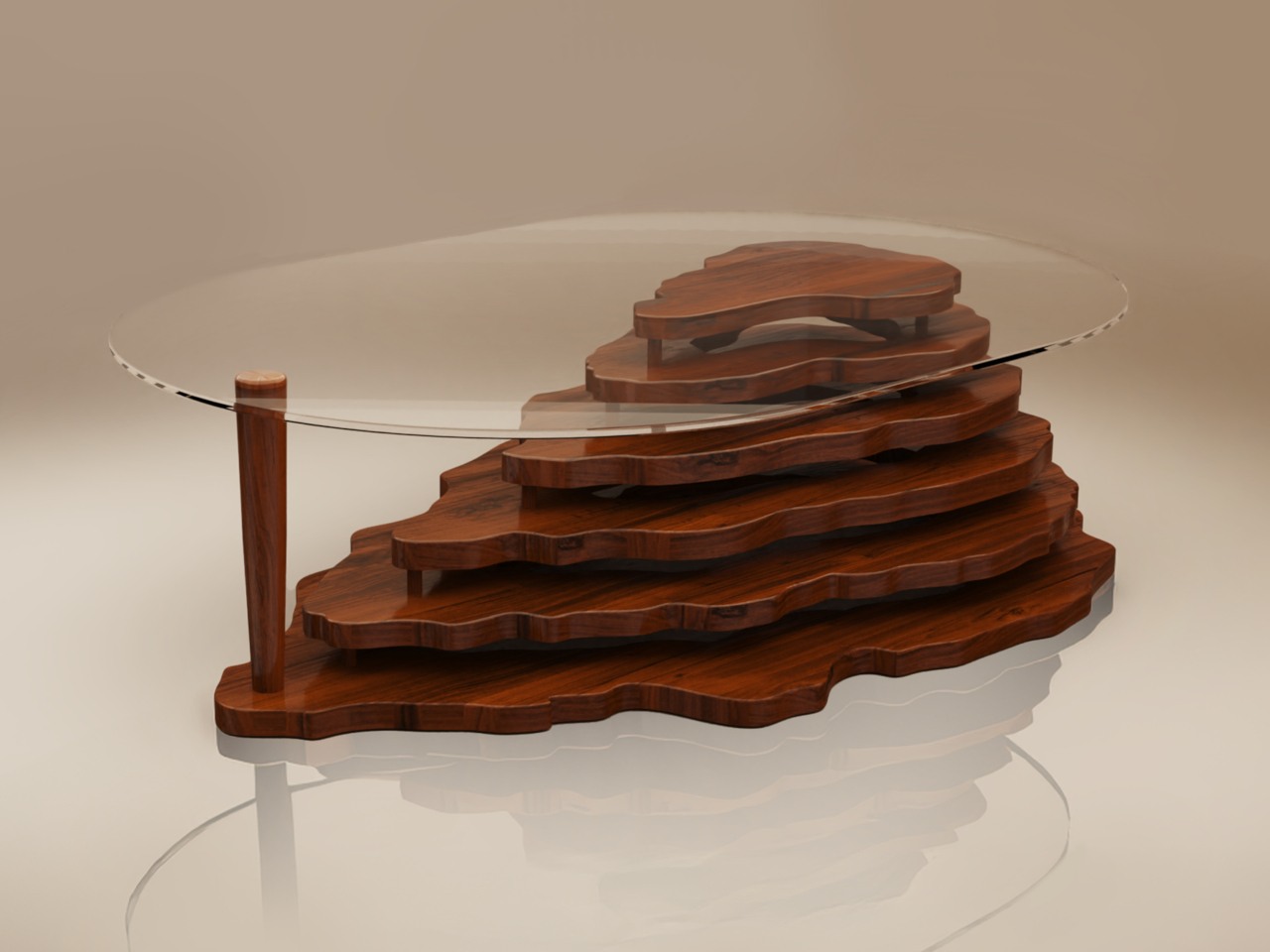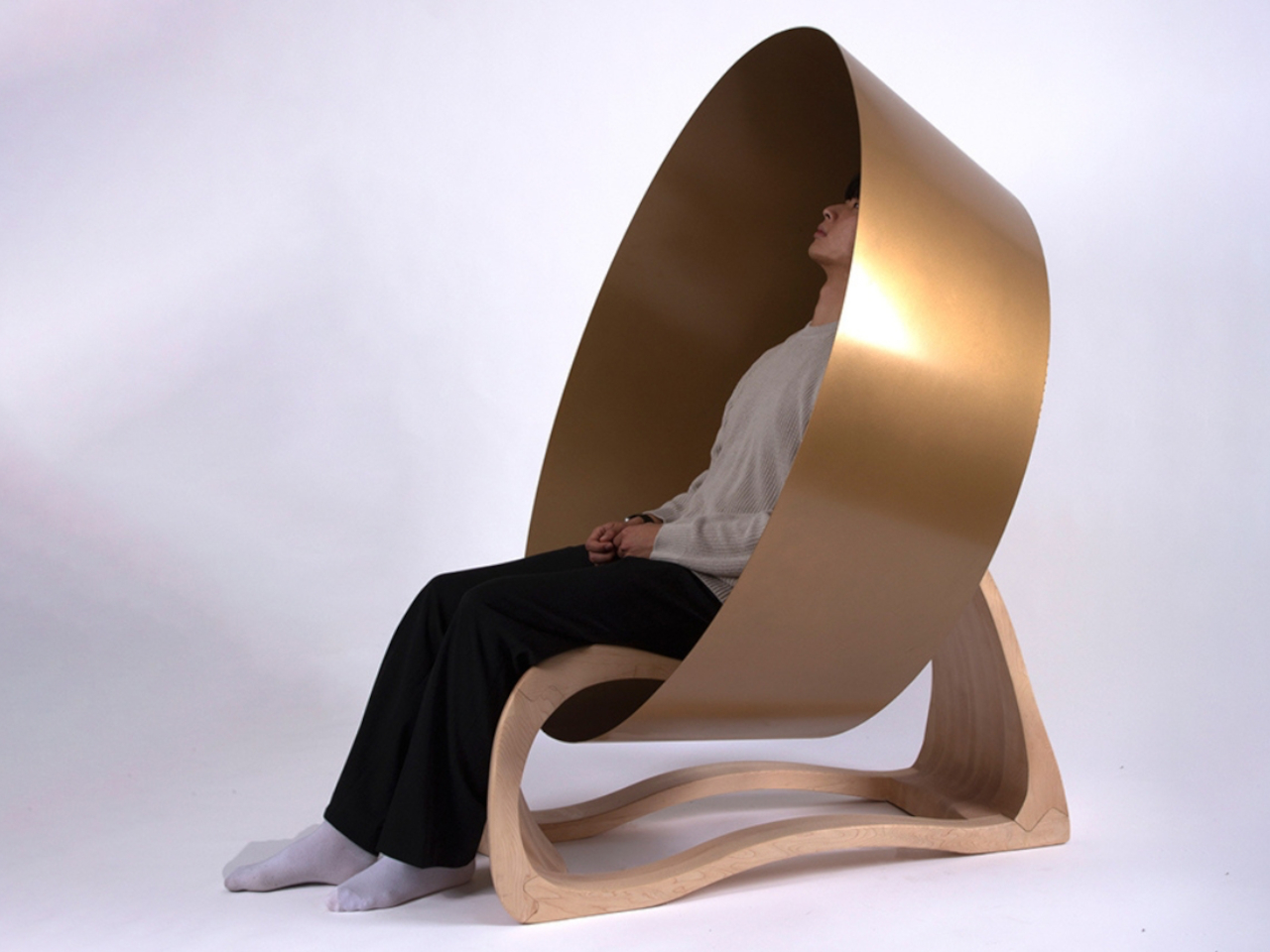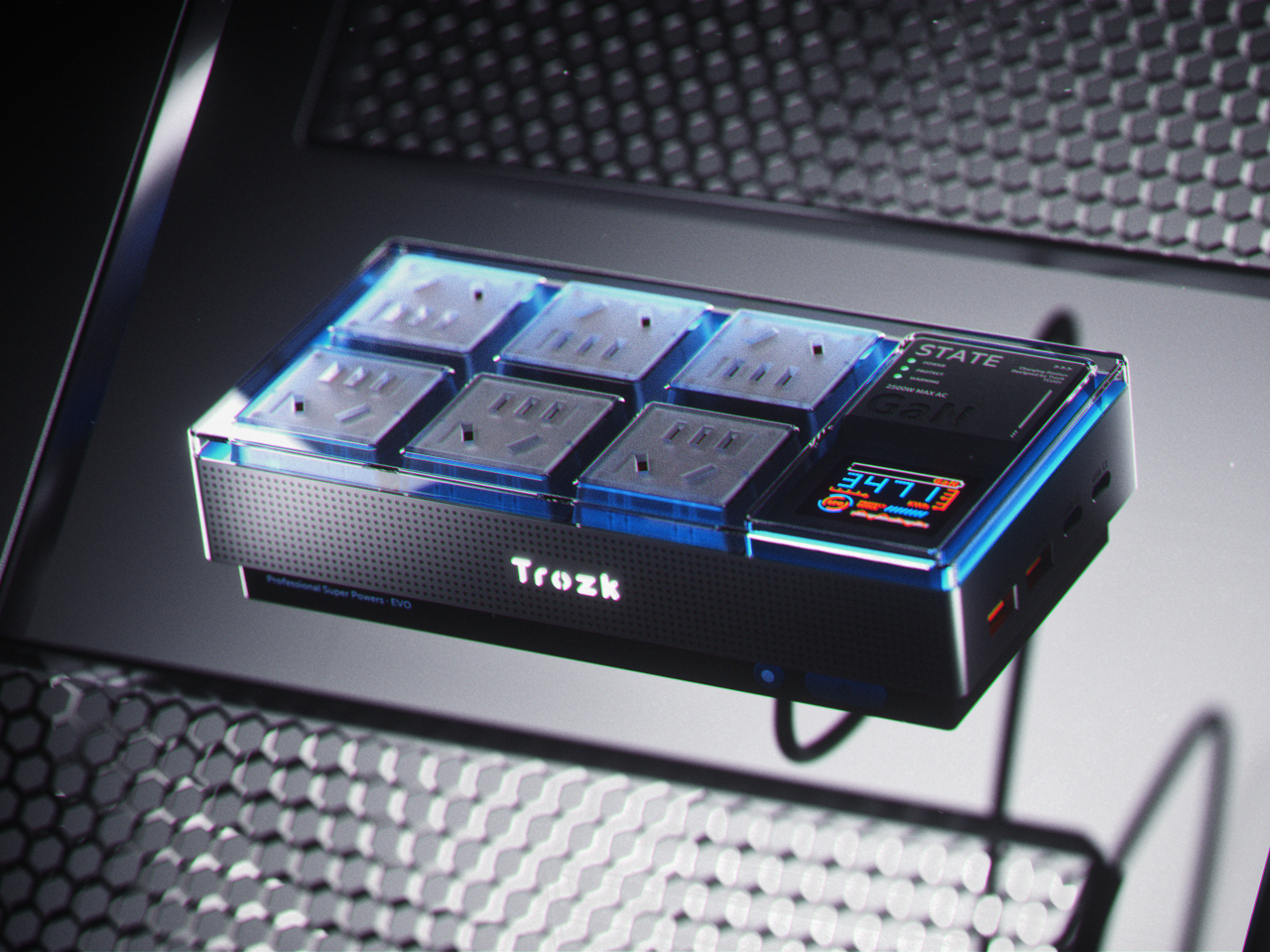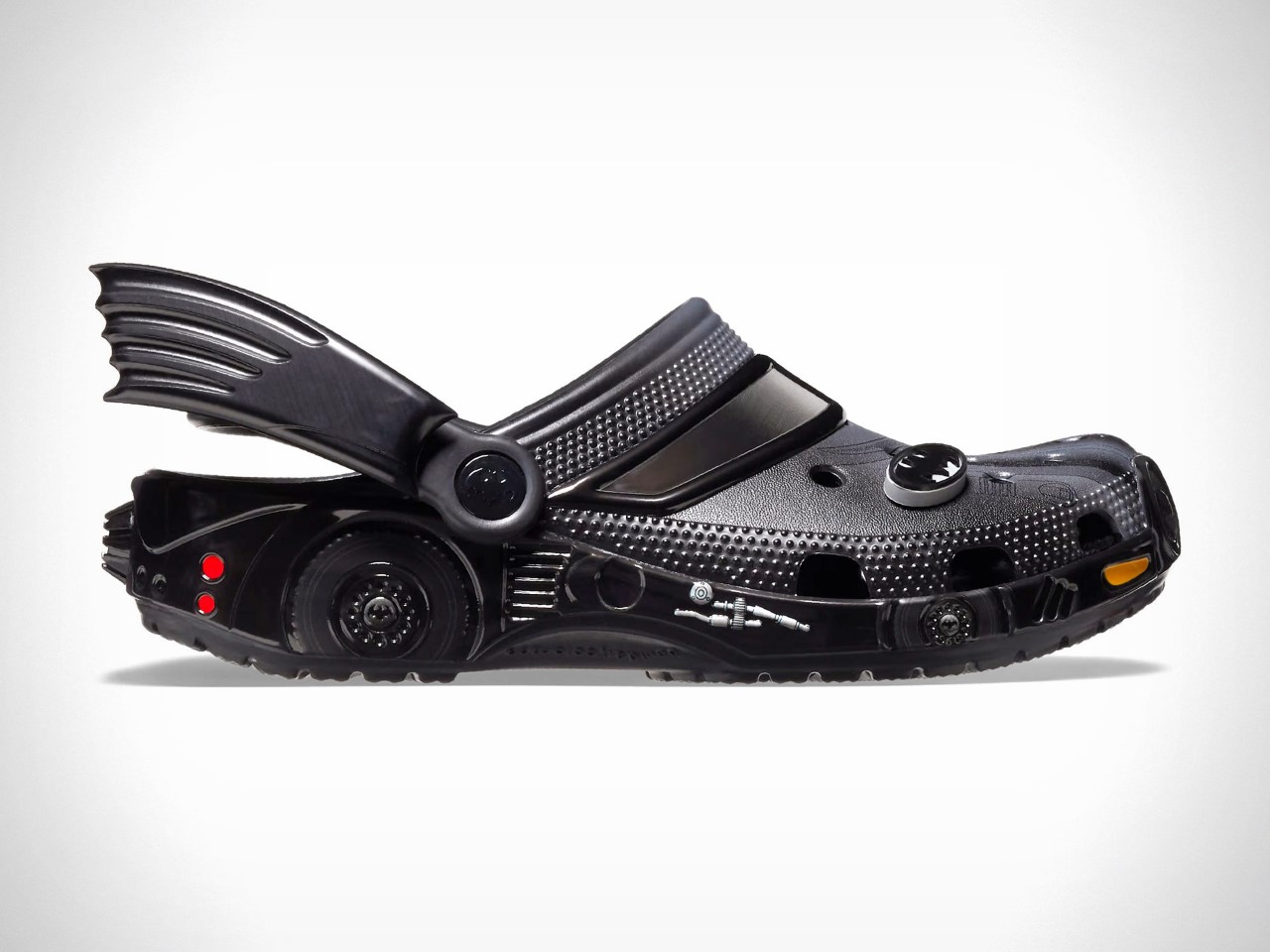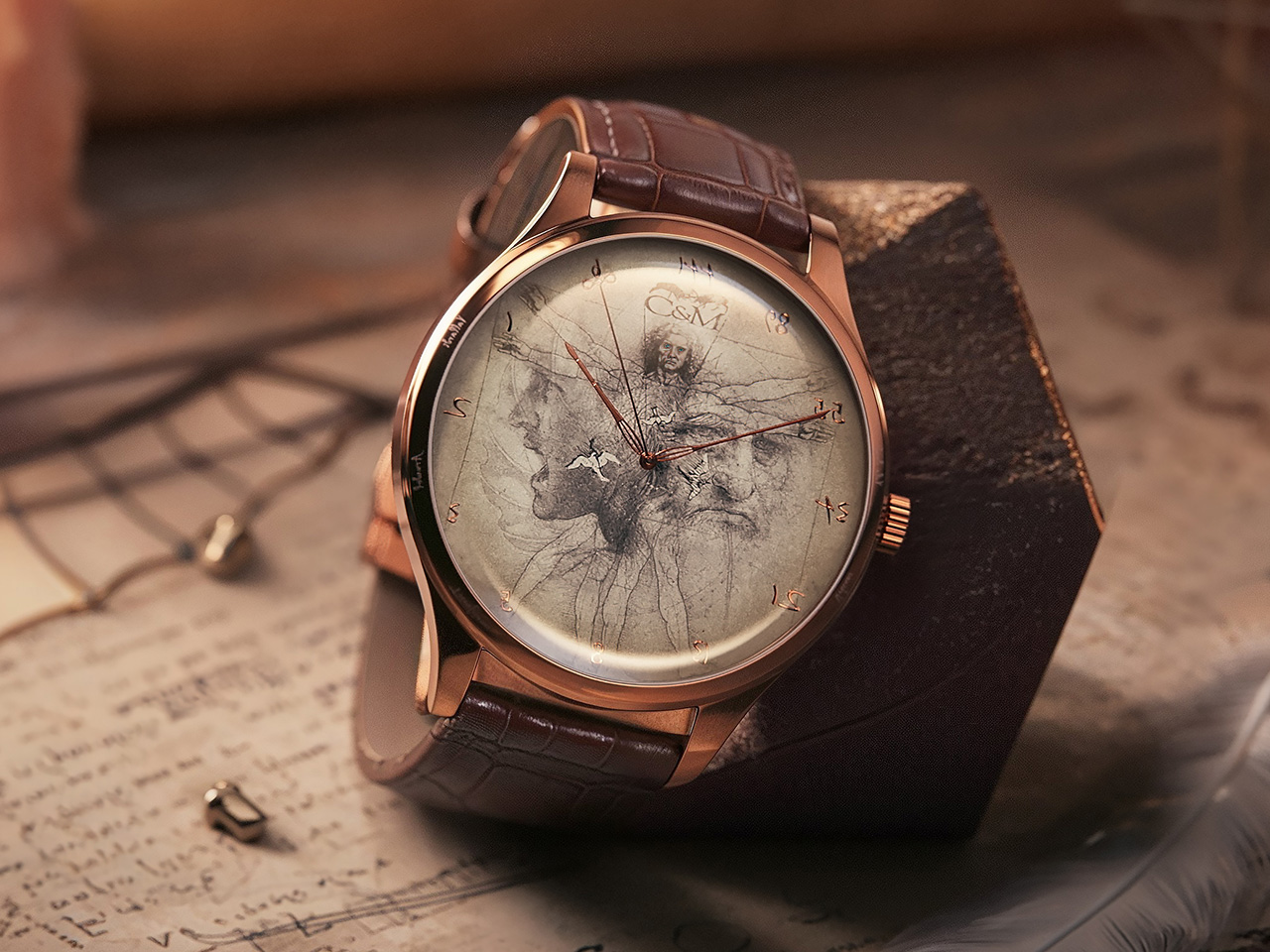10 Best iPod-Inspired Homage Designs To Honor The Iconic Device
![]()
The iPod, a groundbreaking device that revolutionized the way we listen to music, is celebrating its 23rd anniversary. While it may no longer be at the forefront of Apple’s product lineup, its legacy lives on in various nostalgic designs that pay homage to its iconic status. And, we’ve curated a collection of innovative and intriguing designs – concepts and tangibles alike, that perfectly capture the essence of the iPod while integrating modern technology.
These products celebrate the iPod’s legacy by blending nostalgia with modern technology. Each design offers a unique way to honor the iconic device, whether through transforming existing gadgets, enhancing smartphone functionality, or reimagining the iPod Shuffle. They are an interesting mix of conceptual designs and real products but they all showcase the enduring influence of the iPod on the world of technology and design. As we celebrate its 23rd anniversary, these innovations remind us of the iPod’s impact and the creative possibilities it continues to inspire.
1. Pod Case
![]()
![]()
If you’re wondering if this is the new iPod, sadly, it isn’t. But it is something much better! A way for you to celebrate and reminisce over the iconic iPod. It is designed to be an old-school external case for your beloved Apple Watch. Designed by Joyce Kang and C.O. Design Lab, the Pod Case is a beautiful celebration of the evergreen iPod. It is made from silicone, and will smoothly slide over the body of your Apple Watch, offering it a fun and funky throwback.
Since the watch’s screen almost matches the screen size of the classic iPod Nano, this design works well, creating an amusing fusion of the past and the present. The jog wheel on the front doesn’t work, but you can easily navigate and control the watch through the touch screen. If you’re a Gen-Z who never got to experience the iPod, or a millennial wishing to relive their glorious iPod days, the Pod Case is a great idea.
What we like
- Perfect fusion of the past and the present.
- Besides being aesthetically unique, it offers protection for your Apple Watch.
What we dislike
- The case may not be compatible with all Apple Watch models and sizes.
- The design may not appeal to those who want a more modern look.
2. AW6 Case
![]()
![]()
Designed by Elago, and dubbed the AW6 case for the AirPods, this adorable little case is another tribute to the iPod. It is created to replicate the iPod Classic’s jog dial while serving as a protective cover for your AirPods case. This case is compatible with 1st and 2nd gen AirPods, and the sleeve is equipped with a slot for the charger, and a carabiner clip to hang it from your belt loop or backpack. There is a tiny hole above the menu for the charging light as well.
If you’re looking to take a trip down memory, then the AW6 case is a great bet as it not only protects your AirPods and their case but also takes you back to the days when the iPod was a sweet reality instead of a distant memory. It adds a fun twist to typical and conventional AirPods accessories, by merging the old and the new.
What we like
- The design may offer an improved grip compared to the smooth surface of the original AirPods case.
- Will serve as a conversation starter amongst Apple enthusiasts.
What we dislike
- May not appeal to those who want a more minimal and contemporary look for their tech devices.
3. Opal Tadpole
![]()
![]()
Designed by Opal, the Tadpole is an iPod Shuffle-shaped webcam with a 4k sensor and AI feature. It features a new machine-learning signal processor which delivers “DSLR-rivaling quality”. It is also equipped with a moderately wide 90-degree field of view. The wide angle is great for capturing more than just your face, it is a boon for dynamic presentations, or when you want to show your surroundings more.
It features a f/1.8 lens, which can capture well even in low-light conditions. It also includes a digital microphone array, which can pick up your voice clearly while minimizing any background noise. It adopts the shape and size of a 3rd-Gen iPod Shuffle, with a lovely minimalist design to match. It can easily clip onto your laptop or monitor without adding much bulk.
What we like
- The 4K sensor offers high-resolution video quality.
- The iPod Shuffle-inspired design offers a compact and portable form factor.
What we dislike
- The unique design might raise questions about durability and how well the device can deal with regular use.
4. Shuffle AirTag Case
![]()
![]()
Elago is back with another cutesy design! This is the Shuffle AirTag Case, and it is the perfect accessory for any Apple lover. It looks like the 4th Gen iPod Shuffle and is designed to be a protective case for your AirTag. It is built from soft silicone and offers protection from bumps and scratches. It also features a keyring, which allows you to securely attach it to bags, backpacks, etc.
The case has been built with attention to detail, and it successfully captures the iPod Shuffle’s iconic beauty. It includes a circular interface on the front, as well as a switch and 3.5mm audio input on the bottom. It is available in two colors – mint green and black, although black does seem like the more appealing option.
What we like
- It transforms the look of the AirTags, allowing users to personalize their devices.
- Provides an additional layer of protection for the AirTag.
What we dislike
- The case may add some bulk to the compact AirTag, which could affect its fit in certain accessories or holders.
5. tinyPod
![]()
![]()
Called the tinyPod, this delightfully little accessory is another interesting way to convert your Apple Watch into a miniature iPod. It features a nostalgic design and a modern twist. The Apple Watch is enclosed in a case that resembles the iPod and provides a colored screen and an interesting click-wheel-like control system. We are unsure of the functionality, but it will deliver an experience that will take you back to the good old days.
It also allows you to enjoy the added capabilities of the Apple Watch. The accessory allows users to listen to music, watch YouTube, and more without even touching their smartphones. It bridges the gap between a simple portable media player and a full-fledged smartphone.
What we like
- By combining the Apple Watch’s features with the iPod’s design, users can enjoy music and other media with ease.
What we dislike
- Details about the click-wheel functionality and overall user experience are unclear.
6. iPod Magnetic Hybrid Card Holder
![]()
![]()
Say hello to Elago’s iPod Magnetic Hybrid Card Holder. It is a MagSafe-compatible accessory that will bring a hint of nostalgia to modern smartphones. This card holder is designed to resemble the classic iPod, and it merges old-school charm with new technology. It can fit perfectly and seamlessly onto MagSafe-enabled iPhones, providing an easy and convenient way to carry essential cards with you.
The cardholder is made from durable polycarbonate, and it is equipped with powerful Neodymium magnets which provide a secure fit. It is blessed with an ergonomic design which includes a finger groove for easy handling, and a card removal aid for convenience.
What we like
- The card pocket holds up to two cards, providing a practical solution for carrying essentials without a bulky wallet.
- Made from robust materials, the card pocket is designed to withstand daily use.
What we dislike
- Only compatible with MagSafe-enabled iPhones, limiting its use to a specific audience.
7. Nothing Npod (1)
![]()
![]()
The Nothing Npod (1) is a lovely fan-made tribute to the iPod Shuffle. It is a conceptual design created by designers Shreyansh Onial and Aditya Pandharpure. It integrates Nothing’s transparent design aesthetic and glyph interface with the beautiful memory of the iPod Shuffle. It is equipped with a signature circular panel that will remind you of the original iPod Shuffle.
The concept also includes a wireless charging coil, and a USB-C charger, thereby combining classic design elements with modern technology. The glyph interface works well, adding a unique touch, and responding to music with visual indicators for volume and playback progress.
What we like
- Integrates modern conveniences into its retro design.
- The glyph interface offers the potential for dynamic interaction.
What we dislike
- It is a conceptual design, so we don’t know how well it will translate into a tangible product.
8. iPod Touch 2024
![]()
![]()
Designers JUAN and Wong teamed up to reimagine the iPod Touch, drawing inspiration from the iPhone 16 language. The iPod is no longer in production, but this reimagined concept brings to us what the iPod would probably look like in today’s times. Their unique vision retains the 4-inch retina display but adopts elements from the latest iPhones.
The iPod includes a single Apple logo on the back and a revived pop-out loop hanger button. They’ve also retained the 3.5mm headphone jack, bringing attention to the iPod Touch’s identity and cost-effectiveness. It is exciting to see how the iPod Touch would have looked like in 2024.
What we like
- Blends classic iPod Touch design with contemporary iPhone elements.
- The loop hanger button and headphone jack add distinctive touches.
What we dislike
- Not yet available as a tangible product.
- It appeals to fans of both iPod and iPhone design languages, so it has a limited audience.
9. W6 Stand
![]()
![]()
The W6 Stand by Elago is designed as a nifty throwback to the iPod! If you want to convert your Apple Watch into an iPod, this is a tangible and buyable product that you can purchase. It transforms your Apple Watch into a nostalgic display reminiscent of the classic music players. It is compatible with all the Apple Watch series and perfectly creates the impression of the lovely vintage device.
The stand is built from scratch-free silicone, and it provides protection and stability and prevents scratches or wear and tear. The W6 Stand is perfect for nightstand use. You can also slide the Watch charger inside too, so your Watch can charge as it docks in its new yet not-so-new home.
What we like
- Works with all Apple Watch series, ensuring broad usability.
- Silicone construction prevents scratches,
What we dislike
- The retro design may not appeal to everyone.
- It is best suited for use as a nightstand, so it may not appeal to all users.
10. iPod Classic 2021
![]()
Designer Andrea Copellino reimagined a modern iPod Classic that brings the nostalgic and lovely charm of Apple’s iconic MP3 player. This iPod Classic drew inspiration from the iPhone 12 Pro, featuring a stainless steel body and flat sides. The concept also includes a click wheel and Apple Remote Integration. The concept is a celebration of the beloved iPod Classic, weaving a surreal image of its potential future.
Of course, the iPod doesn’t seem to have a foreseeable future, but this iPod Classic concept is a fun and playful way to celebrate and remember the audio device. It manages to capture the essence of the iPod with modern design elements, and contemporary aesthetics, creating a perfect fusion of the old and the new.
What we like
- Features high-quality materials and a sleek aesthetic.
- Combines click wheel nostalgia with Apple Remote functionality.
What we dislike
- As a design concept, it is not yet available for purchase, and we are unsure how well it will translate into a real product.
The post 10 Best iPod-Inspired Homage Designs To Honor The Iconic Device first appeared on Yanko Design.

